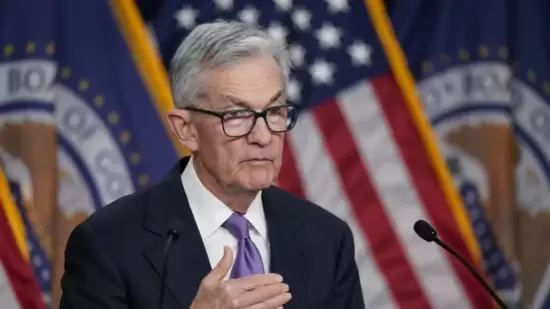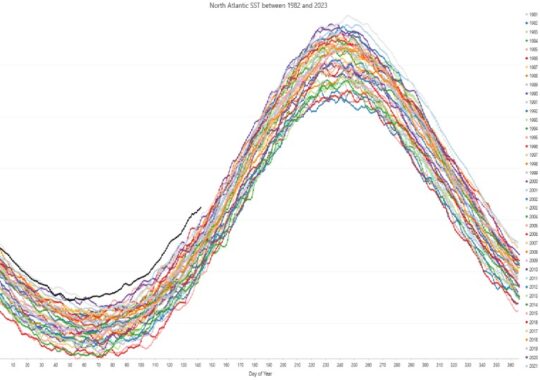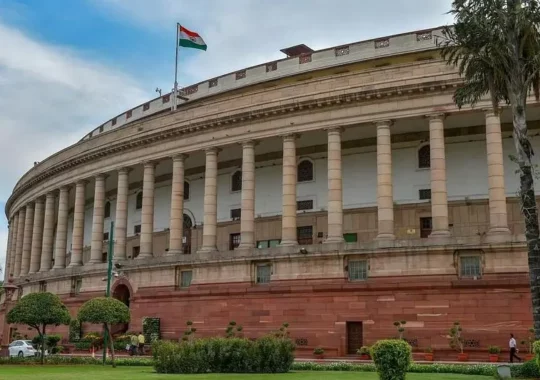Interest rates are predicted to remain unchanged at the US Federal Reserve’s January meeting, which is set for January 30-31. Since July, the Federal Reserve has kept interest rates between 5.25% and 5.50%.
Despite the possibility of three quarter-point rate cuts this year, as indicated by the Fed’s December meeting, most economists now believe rate adjustments will most likely occur by June because of the robust economic data. These five significant data points imply that the Fed may postpone reducing interest rates.
accelerated economic growth
The US economy grew quickly, as evidenced by the final quarter of 2023’s 3.3% real GDP growth. Growth for the entire year increased to 2.5% from 1.9% in 2022. Together with decreasing inflation, a robust labor market, consumer spending, company investment, and net exports all contributed to this growth. Contrary to forecasts of a slight contraction, the economy greatly exceeded expectations and showed robust growth.
lowering the rate of inflation
With inflation showing signs of cooling, it was still higher than the Federal Reserve’s target of 2%. Between June 2022 and December 2022, consumer prices increased by 3.4% on average, compared to a peak of 7.1%. The Personal Consumption Expenditures Price Index (PCEPI), the Fed’s preferred inflation gauge, increased 2.6% year over year in December 2023, a decrease from the 5.4% spike recorded in the same month the previous year. The PCE index captures a larger range of expenditures and reacts to changes in consumer behavior more quickly than other metrics, such as the Consumer Price Index (CPI), which is why the central bank favors it.
Though not yet within the optimal range, this slowdown in inflation rates suggests that rate cuts are not as urgent.
Strength of the labor market and consumer expenditure
According to an AP report, the number of applications for unemployment benefits fell to 187,000 for the week ending January 13, which is the lowest since September 2022. The number was down 16,000 from the previous week. The four-week average dropped by 4,750 to 203,250, the lowest level in nearly a year, when taking into account the four-week moving average, which evens out weekly fluctuations.
The strong support for consumer spending, which makes up a sizeable amount of GDP, has been provided by this. Current economic recovery has been largely fueled by the combination of rising real wages and job growth.
The Fed may decide to postpone or reevaluate its plans to reduce interest rates as a result of this resilience, since doing so could increase inflationary pressures and encourage additional economic overheating.
steady state of the financial markets
With the S&P 500 rising by almost 22% over the last year, the robust surge in equity markets is indicative of expectations for possible rate cuts by the Federal Reserve. On the other hand, an overheated economy may result from such market movements and high valuations. In order to avoid excessive inflation and preserve economic stability, this might force the Fed to reevaluate or postpone its intended rate cuts.
international economic environment
The Federal Reserve makes decisions based in part on the state of the world economy, which includes the actions of other major central banks such as the Bank of England and the European Central Bank. In order to negotiate these international economic waters, the Fed may decide to maintain stable interest rates given the expectation of slower global growth and the existence of higher rates at other major central banks.





